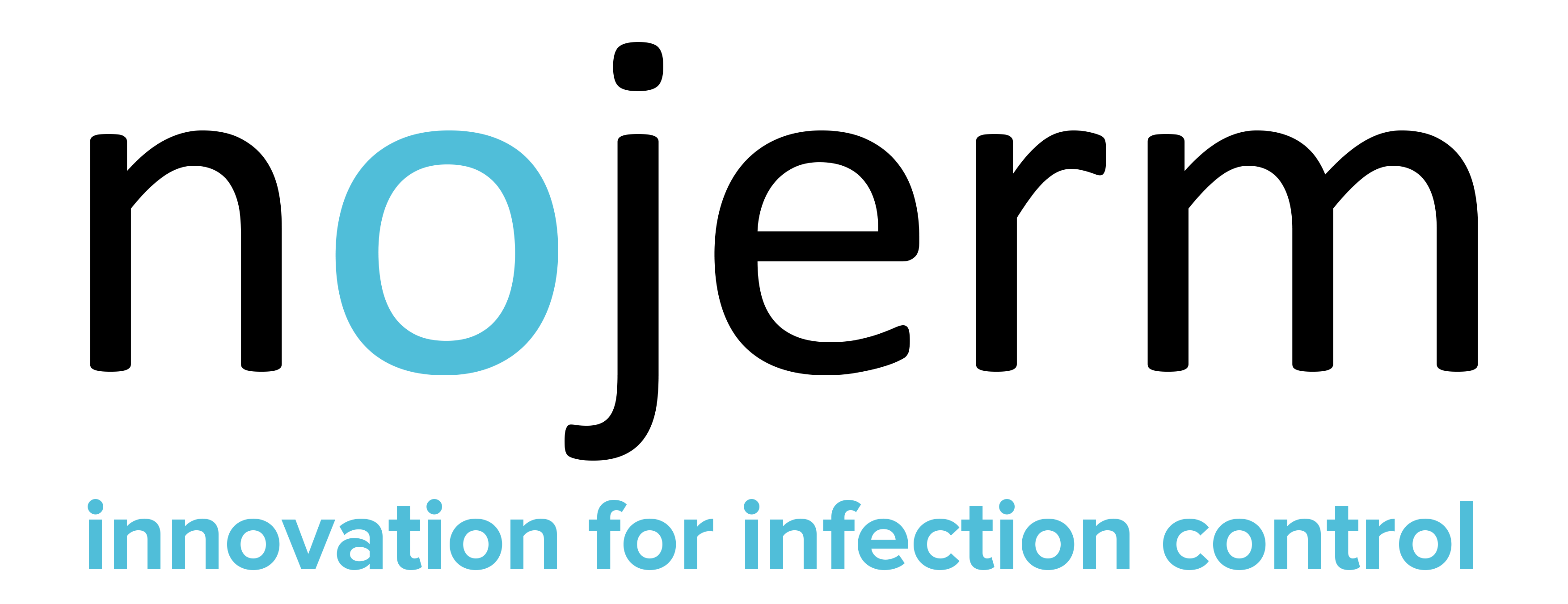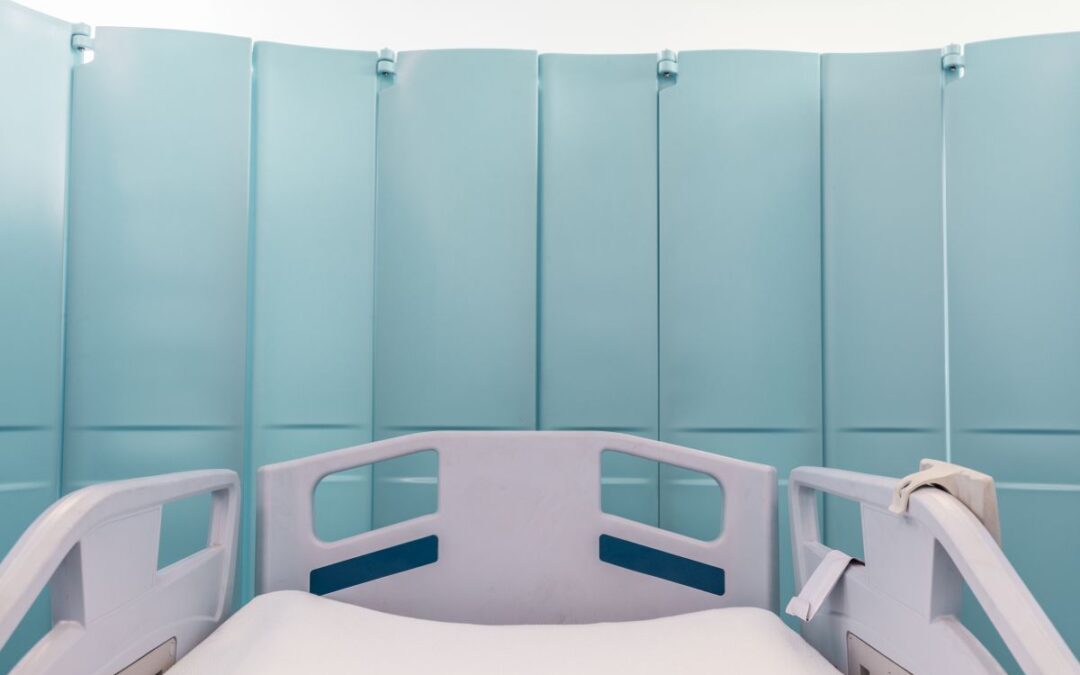We identified the key factors that influence decisions made by healthcare trusts, facilities teams, ward managers and other healthcare professionals and then in a series of articles, discussed how the various products performed against these factors in an open debate.
Our findings are as follows:
Costs
The initial costs (purchase and installation) of screens is about 1.5 times that of curtains, but this additional investment is quickly repaid by lower operational costs.
An independent study calculated that over six years, screens cost 42.4% less than washable hospital curtains and 31.1% less than disposable hospital curtains.
However, the study also failed to include additional costs such as
- repair and replacement (this is likely to be significantly higher with curtains as they are less durable)
- disposal and incineration of disposable curtains
- financial penalties imposed on failure to contain healthcare-acquired infections (HCAI)
Space Optimisation and Versatility
While curtains occupy little space when folded back, they are restricted to the fixed locations of curtain tracks.
Increased pressure on healthcare facilities has highlighted the importance of versatility. Freestanding, mobile screens can quickly and easily create additional assessment, treatment and bed spaces in any location, yet be compactly stored off-site when not in use.
Infection Control and Cleaning
While many hospital curtains are now treated with antimicrobial agents, this is moulded into the plastic of CleanScreen privacy screen panels for longer-lasting efficacy.
Privacy screens can also be cleaned in situ. Curtains are removed and taken away to be cleaned, which increases the risk of wider contamination.
Curtains require regular vacuum cleaning to remove surface dust. This increases the risk of spreading airborne contamination. The hard surfaces of privacy screens can be wiped clean with appropriate cleaning and disinfectant chemicals, resulting in more effective cleaning and lower risk of airborne infection spread.
Privacy
Screens provide a better visual barrier and noise-absorbing characteristics than curtains: important factors in ensuring the privacy, confidentiality and dignity of patients.
In Conclusion
While reusable hospital curtains are widely used in the public healthcare sector, in many instances these are being replaced by disposable curtains.
Curtain track systems are still being installed in new-build and refurbishment hospital projects, but the evidence falls clearly in favour of medical privacy screens as the most cost-effective, versatile, low-maintenance and hygienic option.
If you are tasked with reviewing, renewing, specifying or procuring healthcare privacy screening systems and would like an objective comparison of the options available to you, we hope you find this a valuable resource.
To read all the articles and follow the debate, visit: https://nojerm.com/?s=the+curtains+vs.+screens+debate

